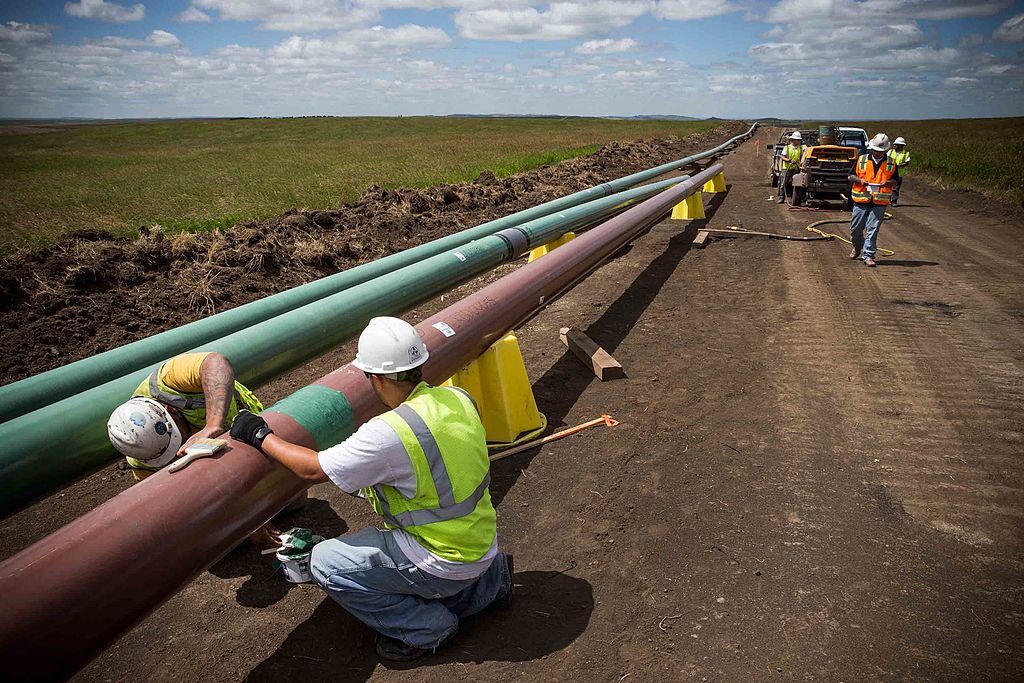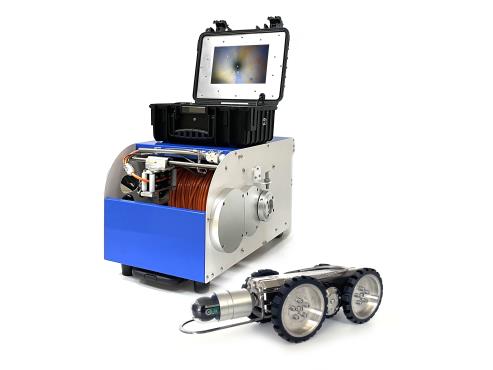In today’s fast-paced industrial landscape, industrial inspection for safety and efficiency is paramount. With the advent of robotic inspection technologies, industries can now significantly reduce the risks associated with manual inspections. This post explores the transformative impact of robotic inspection, highlighting its benefits and the technological advancements driving its adoption.
Why Safety Matters in Inspections
Manual inspections, though thorough, come with inherent risks. Inspectors often find themselves in hazardous environments, exposed to extreme temperatures, toxic chemicals, and potentially unstable structures. These conditions not only pose immediate physical dangers but also long-term health risks. Therefore, ensuring safety during inspections is critical to protecting the workforce and maintaining operational efficiency.
The Safety Benefits of Robotic Inspection
When it comes to reducing risks, robotic inspections stand out as a game-changer. These advanced systems are designed to handle dangerous tasks, minimizing the need for human presence in hazardous environments. Let's explore the key safety advantages that robotic inspection brings to the table.
Inspection missions performed by robots and drones collect high-quality data and ensure safety by eliminating human presence in risky areas.
In addition to safety, robotic inspections provide valuable data that can be analyzed to improve operational efficiency. Predictive maintenance strategies, supported by real-time data gathering and AI-driven analytics, help prevent equipment failures and optimize operations.
1. Reduced Exposure to Hazardous Environments
One of the primary safety benefits of robotic inspection is the significant reduction in human exposure to dangerous environments. Robots can be deployed in extreme conditions such as high radiation areas, underwater pipelines, or high-temperature zones. By using robots, companies can avoid placing human inspectors in harm's way, thus preventing potential injuries and fatalities. Additionally, the integration of non destructive testing (NDT) in these robotic systems ensures high quality standards while reducing operational downtime and costs.
2. Minimizing Human Error
While manual inspections rely heavily on human precision and judgment, robotic inspections offer a level of consistency and accuracy that reduces the risk of oversight. Robots equipped with advanced sensors and cameras can detect issues that might be missed by the human eye, ensuring a thorough inspection without the risk of human error compromising safety.
3. Enhanced Accessibility
Robots can easily access areas that are difficult or impossible for humans to reach safely. For example, in confined spaces or structurally compromised sites, sending a robot instead of a human eliminates the risk of collapse or entrapment. This ability to navigate and inspect hard-to-reach areas without risking human lives is a significant advancement in safety protocols.
4. Real-time Monitoring and Data Collection
Robotic systems often come with real-time monitoring capabilities, allowing inspectors to assess conditions remotely. This real-time data collection and transmission enable immediate analysis and decision-making, which is crucial in averting potential safety hazards. Inspectors can stay at a safe distance while still obtaining comprehensive inspection data.
5. Consistent and Reliable Performance
Robots are designed to perform consistently, regardless of external conditions. This reliability means that inspections can be carried out in dangerous or unstable environments without compromising safety. Unlike humans, robots do not experience fatigue, which can lead to mistakes or accidents during manual inspections.
Technological Advancements Enhancing Safety
The evolution of robotic inspection technologies has been marked by significant advancements that bolster safety and efficiency. These technological improvements have not only enhanced the capabilities of inspection robots but also made them indispensable tools in ensuring industrial safety. Let's dive into some of the key technological innovations that are enhancing safety in robotic inspections. Boston Dynamics, with their advanced robotic solutions like the 'Spot' robot, plays a crucial role in automating inspections and improving data collection in various environments.
Advanced Sensor Technology
Modern robotic inspection systems are equipped with state-of-the-art sensors that can detect a wide range of environmental conditions. From measuring radiation levels to detecting structural weaknesses, these sensors perform various inspection tasks, providing detailed and accurate data, significantly enhancing the safety of inspections.
Autonomous Navigation
Robots with autonomous navigation capabilities can maneuver through complex environments without human intervention. This technology reduces the need for human presence in hazardous areas, further minimizing risk.
Durability and Robustness
Inspection robots are built to withstand harsh conditions, ensuring they can operate effectively in environments that would be dangerous or damaging to human inspectors. This durability ensures that inspections are carried out safely and without interruption. Additionally, their ability to scale allows organizations to start with one unit and expand the system by incorporating additional robots as needed to optimize inspection processes.

Introducing JIUTAI Technology's Innovative Products
When it comes to leading the charge in robotic inspection technology, JIUTAI Technology stands out with its innovative products designed to enhance safety and efficiency. Here’s a look at some of their top offerings:
JIUTAI Pipe Inspection Crawler Robots
JIUTAI Technology offers a range of pipe inspection crawler robots that are designed to navigate and inspect complex pipeline systems safely and efficiently.
- GT108 Sewer Crawler Camera
The GT108 Sewer Crawler Camera is perfect for inspecting sewer systems. This robust crawler can navigate through tight spaces and rough terrains, providing high-quality video footage that helps in identifying and assessing pipeline conditions. With its waterproof design and powerful illumination, it ensures thorough inspections in even the most challenging environments.
- GT102B Drain Pipe Camera
The GT102B Drain Pipe Camera is ideal for inspecting drain pipes. Its compact and flexible design allows it to maneuver through narrow pipes, making it an excellent tool for identifying blockages, leaks, and structural issues. Equipped with a high-resolution camera and durable construction, the GT102B ensures reliable performance and detailed inspection results.
- GT102A Pipe Inspection Camera
The GT102A Pipe Inspection Camera is designed for versatile pipe inspection needs. It features a robust camera head with adjustable lighting, enabling clear visibility in dark and confined spaces. The GT102A is suitable for a variety of applications, including residential, commercial, and industrial pipe inspections, ensuring safety and accuracy in identifying potential issues.
Commitment to Safety and Innovation
JIUTAI Technology is committed to advancing the field of robotic inspections through continuous innovation and a strong focus on safety. Their products are not only designed to perform efficiently in hazardous environments but also to minimize risks and protect human lives. By integrating advanced technology and robust design, JIUTAI’s inspection robots set a new standard in industrial safety.
Wrapping Up
Robotic inspection is revolutionizing safety standards across various industries. By reducing human exposure to hazardous environments, minimizing human error, and enhancing accessibility, robotic inspection technologies are making inspections safer and more efficient. Companies like JIUTAI Technology are at the forefront of this revolution, providing advanced solutions that ensure inspections are conducted safely and effectively.
FAQs
Q1: What industries benefit the most from robotic inspection?
A1: Industries such as oil and gas, nuclear power, and manufacturing benefit significantly from robotic inspections due to the hazardous nature of their operational environments.
Q2: Are there any limitations to robotic inspection?
A2: While robotic inspections offer numerous safety benefits, they may still face challenges in extremely complex or unstructured environments where human intuition and adaptability are required.
Q3: How do robots navigate hazardous environments?
A3: Robots use advanced sensors, cameras, and autonomous navigation systems to move through and inspect hazardous environments without human intervention.






